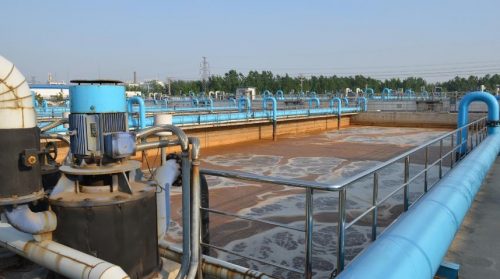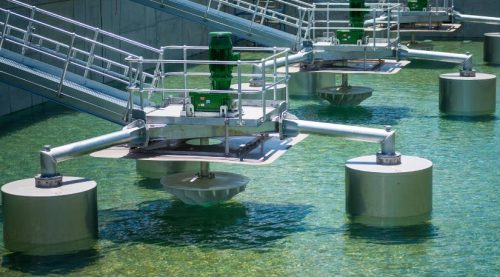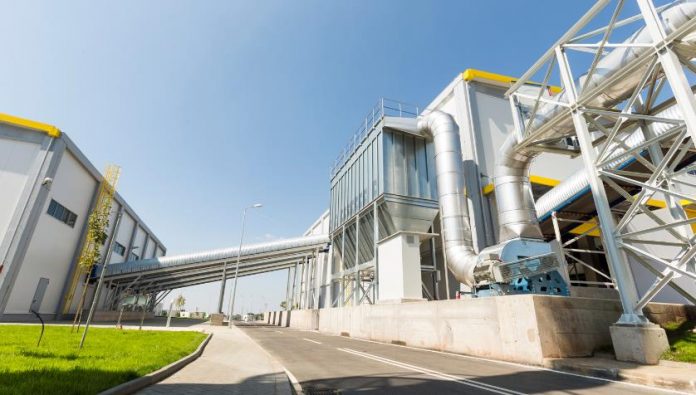Table of Contents
Specifically, we see the industrial use of static and rotary separators within the world of recycling and wastewater management. These are important machines within these industries specifically, although they are not exclusive to the waste sector.
Given the similarities between these two important tools of the trade, many companies are unsure as to which will be the best option for their particular task. Here we take a look at what each process offers and which is best depending on the industry and situation. Specialists like Sorgato specify the differences between these systems; here is how you can decide which is best for your context.
Basic Definitions
Let’s first take a look at what each of these systems is able to offer.
Industrial Separators
In essence, industrial separators are tools used to separate solids and particles submerged in fluids, such as air, according to the size of the grains found.
Static Separators
Static separators are often preferred owing to the fact that they do not contain any moving parts – usually the first to wear out in machines. These machines operate using a physical effect that is known as pareto adhesion.
 Essentially what this effect does is separate solid particles once they have been submerged in fluids. Utilizing gravity and kinetic energy, solid particles are then separated into a chamber, and a fan is in place to force those particles into said chamber. Ultimately the reliance here is on centrifugal force to separate those particles.
Essentially what this effect does is separate solid particles once they have been submerged in fluids. Utilizing gravity and kinetic energy, solid particles are then separated into a chamber, and a fan is in place to force those particles into said chamber. Ultimately the reliance here is on centrifugal force to separate those particles.
The benefits of using static separators are reduced costs such as the efficiency of separation, very little maintenance owing to fewer moving parts, zero clogging risk, and its ability to be used in just about any environment.
Rotary Separators
Although rotary separators perform the same task as static separators, they are able to separate a higher volume of particles such as dust, owing to their continuous usage. Rotary separators are motorized and therefore can remove far more than static separators. Additionally, these machines are able to be used continuously thanks to the way in which they are powered.


Which You Should Use For Your Business?
Now that we have discussed the benefits of each of these systems, we can begin to deduce which you may well works for your business. Ultimately it will come down to the volume of particles that are to be separated. For those working in industries that require a system that is constantly separating particles, such as recycling, a rotary separator will be the best option.
Additionally, you must consider how much maintenance you can afford to give the systems, and how much you are prepared to spend. For those companies with minimal requirements and low budgets, the static separator provides the most cost-effective solution. Whether you are working in the chemical, pharmaceutical, rubbish removal or waste management sector, these are the aspects that you need to bear in mind when making your selection.






































